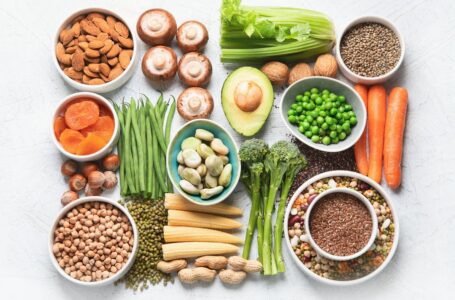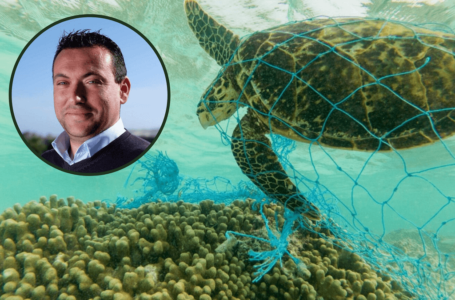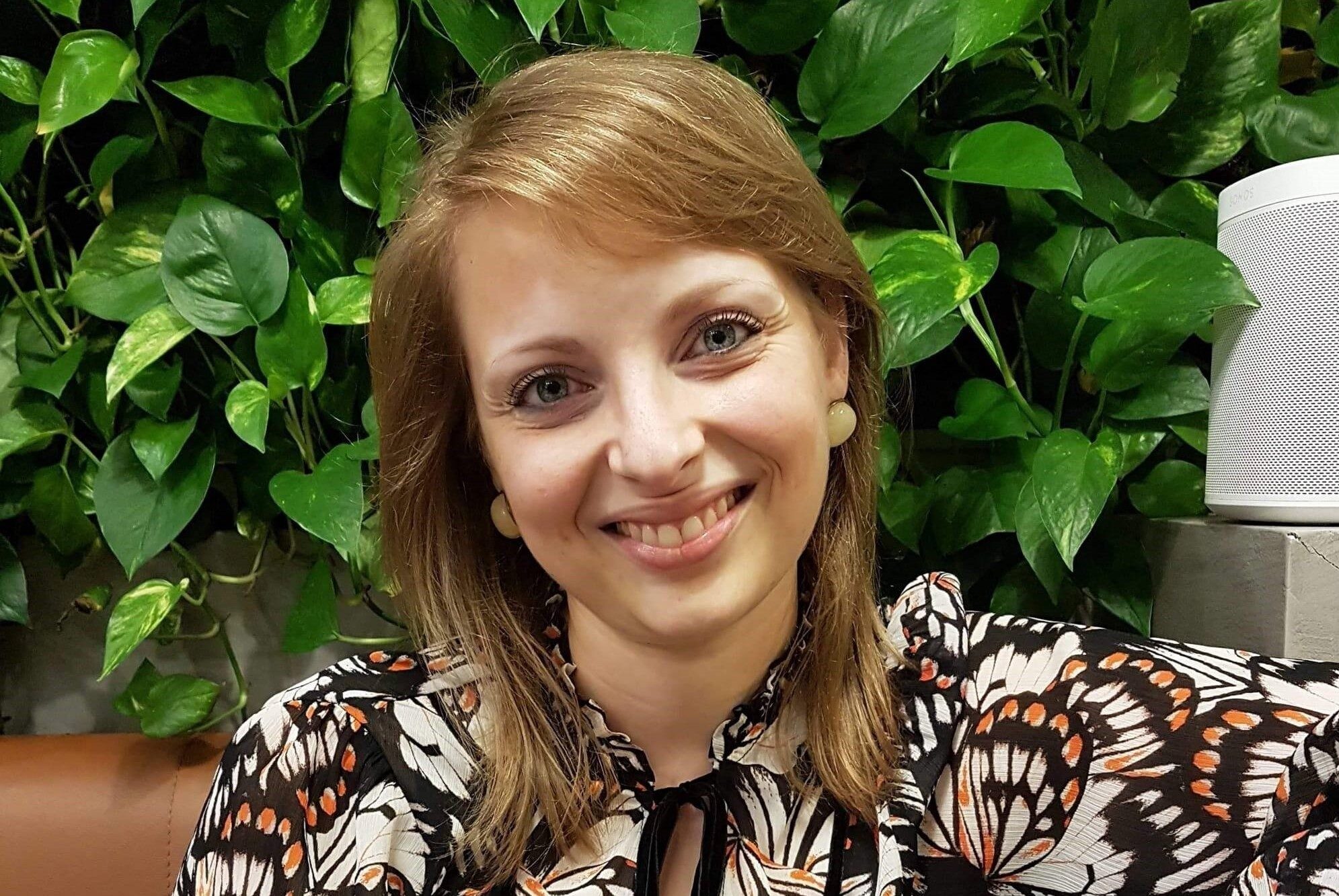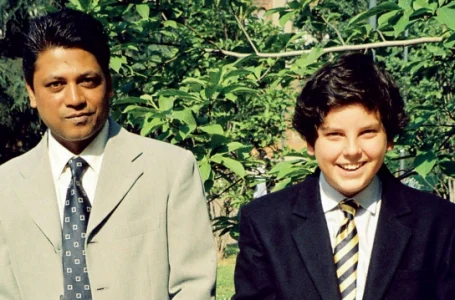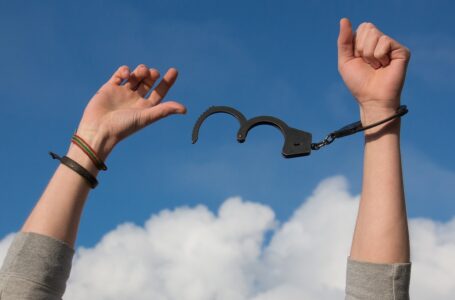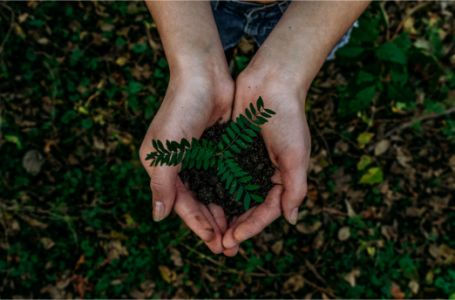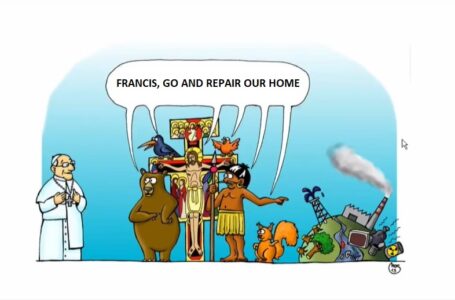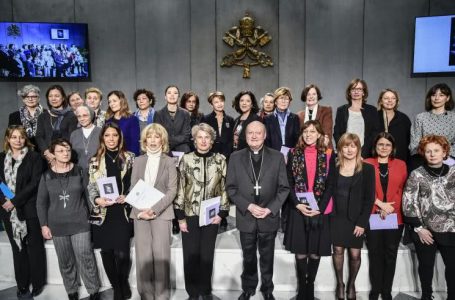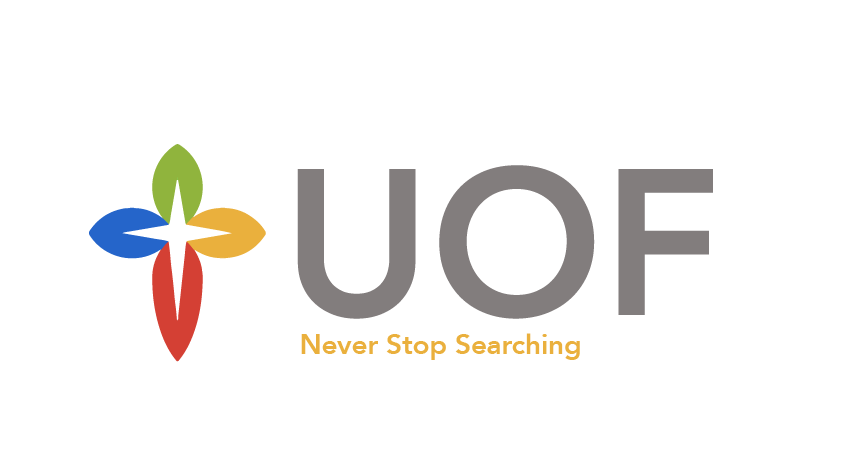Global Inequality During Covid-19 and Beyond
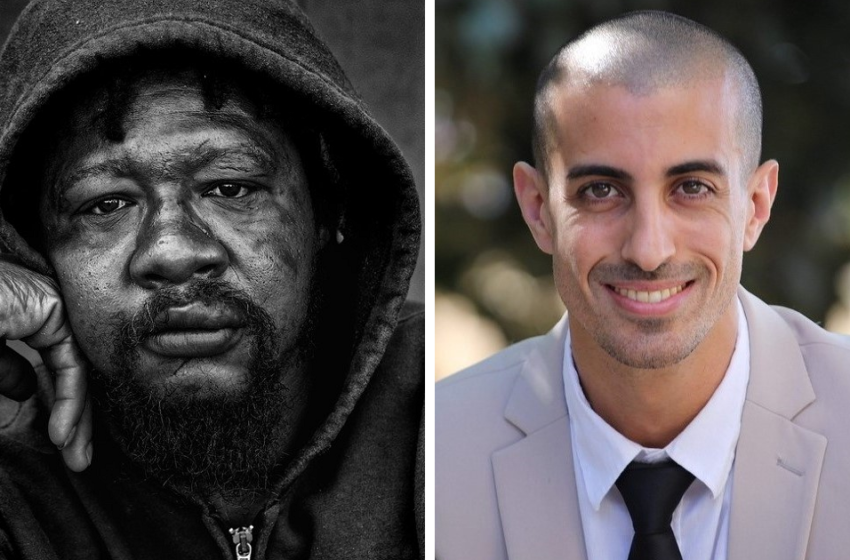
Left photo: Leroy Skalstad. Right photo: Itay Verchik
This pandemic has rocked the world we know. The word “Covid-19” has become known to all. We are now living in a different world. Our norms have changed. However, there is hope thanks to the vaccine.
The lives and livelihoods of the less-educated and lower-paid classes have been threatened by the Covid pandemic more than those who are educated and better paid. Many of the latter can stay safely at home and continue to work from home. Although such times have created opportunities for some, these are few.
Higher unemployment rates, gender disparity, income, and wealth inequality are some of the side effects of the coronavirus pandemic. While several vaccines against Covid-19 have been developed in record time, it might take decades to undo the social and economic damage caused by the virus. The crisis has exacerbated inequalities across all major fault lines in society. It has undone hard-won gains in poverty reduction across the globe.
Examples of global inequality during the Covid-19 pandemic
While wealthy nations have been able to secure enough Covid-19 shots to inoculate their populations several times over, the People’s Vaccine Alliance—an international watchdog that includes Amnesty International, Oxfam and Global Justice—estimates that poor countries will only be able to vaccinate one in 10 people during 2021. Thus, rich nations will be able to save more lives and help their economies recover faster.
It is not just about Covid. No currency is more precious than time. It has been widely demonstrated that in nations with higher levels of inequality, people live less. Yet, one should not make the mistake to conflate poverty and inequality. What we know today is that the economic gaps among the populations have only increased. While higher-paid workers have been able to work from home, many frontline lower-paid employees have been furloughed or laid off. Among these is a disproportionately higher number of women. Those who managed to keep their job often exposed themselves to an increased risk of getting infected.
Oxfam’s new report, The Inequality Virus, reveals that the wealth of the world’s 10 richest men has increased by half a trillion dollars since the pandemic began. This is more than enough to pay for a vaccine for all the world’s population and prevent anyone from falling into poverty because of the virus.
A Covid-fuelled spike in global inequality
The International Monetary Fund, the World Bank and the Organisation for Economic Cooperation and Development have all raised concerns that we will see a Covid-fuelled spike in global inequality. A global survey commissioned by Oxfam echoed these fears. This survey concluded that an ‘increase’ or a ‘major increase’ in income inequality was observed in all countries because of the pandemic. It is also echoed by what is happening on the ground in rich and poor countries alike.
The richest in society have seen their savings increase during lockdown. The poorest have seen their incomes fall. Moreover, the latter often had to borrow to survive. Over the last 40 years, the richest 1% of the worldwide population has captured more of the proceeds of economic growth than the poorest half of humanity combined. This global inequality fuels poverty.
Stock markets suffered the worst shock in their history when the pandemic was announced. Billions of dollars worth of financial assets were destroyed. Central banks such as the US Federal Reserve and the European Central Bank injected billions of dollars to prevent a crash. The markets quickly rallied. With them, also the fortunes of the world’s richest people who hold much of their wealth in stocks and shares. As a result, billionaires recouped their Covid-19 losses in just nine months. In contrast, it could take the world’s poorest people more than a decade to recover.
Pandemics expose the weakness in every society
Many argue that the problem is not making money, but excessive profits and extreme wealth. These are the symptoms of a broken economic system which is benefiting a minority of people at the expense of everyone else. In every country in the world, the poorest people in society have been the hardest hit by the pandemic. The worst affected are the women and people from marginalised, racial and ethnic groups. These people are more likely to work in sectors that have suffered big job losses, such as retail and tourism. These jobs are also largely in the informal sector. Therefore, they are less likely to have redundancy savings, or unemployment benefits to fall back on.
Poor people are less likely to have access to decent healthcare. They are more likely to live in crowded accommodation or work as cleaners, shop assistants and care workers. This puts them at a greater risk of contracting the virus. They are also more likely to suffer underlying health conditions with a greater risk of dying from the virus.
Pandemics expose the weaknesses in every society. Widening and persistent inequality was a feature of almost every country, even before COVID-19 broke out. We are witnessing only the beginning of the virus’s economic and social implications. Developing countries, and those in crisis, will suffer the most, along with those already vulnerable all over the world. Countries that rely on the informal economy, women, those living with disabilities, refugees, and the displaced, as well as those that suffer from stigma, will be the worst-hit.
Read more:
– My Covid-19 Experience Poem
– Let Us Be Surprised by Hope During Covid-19
